We live on an abundant planet that is more than capable of powering our lives. Renewable energy sources are plentiful and spread out over the globe, and can help us transition from fossil fuels. Today, renewables are the cheapest source of energy and are undercutting fossil fuels significantly. Of all the renewables – solar, wind and others in the mix – approximately 62% are cheaper than the cheapest fossil fuels. Grid sharing may help us meet global energy needs efficiently.
Our technologies will help us handle the intermittency of renewables. One emerging possibility is to share reserve power, which could help stabilise prices thanks to a larger pool of power generators. This possibility makes electricity grid sharing more attractive. Achieving grid integration is difficult due to the massive scale of infrastructure required and the shortcomings of our current technologies. Creating grid integration would also require carefully navigating a range of political and market issues.
Energy Markets and Grid Sharing
Energy markets and systems have to manage intermittent generation, given the daily and seasonal variability of renewables. This is especially true now that more and more of the energy in the grid is coming from renewable sources. Intermittency means that storage has become a critical factor in maintaining the stability of the grid.
The world’s first big battery, Hornsdale Power Reserve in South Australia has a capacity of 100MW/129MWh. It provides grid-support services and cost savings of $150 million. Batteries, however, are mainly for ‘firming’ or backup power. There could be greater efficiencies from sharing energy across vast transmission lines between Australia’s states and territories. In this way, locations with less sunlight or wind could still benefit from the surplus of these sources in other areas. However, transmission losses must be accounted for. Losses are typically compensated by strategical placement of storage and the network grid.
Power networks and markets across larger geographical areas e.g. Europe, SE Asia, are benefitting from cross border integration of renewables. Cross border integration is a type of grid sharing that can increase cost savings and efficiencies. In cross border integration, areas rich in natural sources of renewables export energy to other areas that need it.
“Unlike other commodities, electricity is difficult to store at scale, so supply and demand must be matched instantaneously. In order to keep the lights on during moments of peak demand, self-reliant jurisdictions must maintain enough reserve capacity to meet that demand. By engaging in cross-border trade, they can maintain the same level of reliability with less reserve generation capacity; they can also benefit from comparative natural resource advantages.”
Atlantic Council – International Grid Integration – Efficiencies, Vulnerabilities and Strategic Implications.
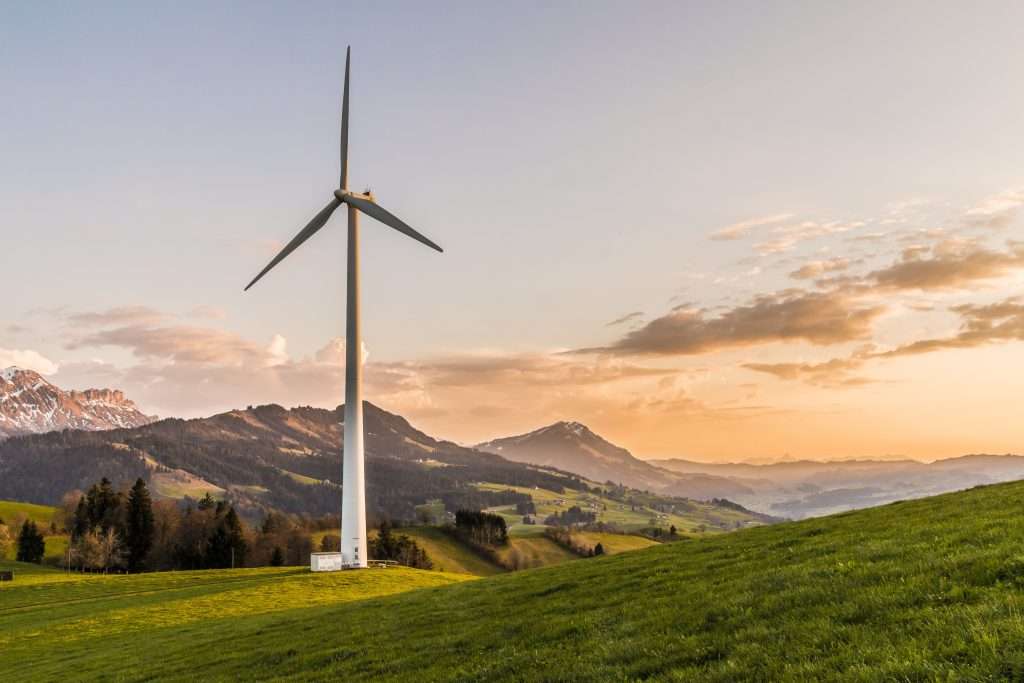
International Grid Sharing
Renewables are improving quickly. However, achieving the necessary 80-100% renewables target for net zero requires new ways of thinking about the power grid. Let’s explore some of the key elements at play.
Distributed Energy Resources (DER) – which are usually located at houses or businesses to primarily serve demand-side response and energy efficiency. They are also called Behind-The-Meter (BTM) energy sources. Here is the good, bad and ugly for understanding the value of DER. These are a smaller, decentralised model of energy generation. They use a system comprised of independent and household producers utilising rooftop solar, biomass generators, battery storage, etc. This is in place of large ‘energy factories’ like those that use fossil fuels.
Electricity markets create incentives for consumers who install these systems, including reduced cost for power system augmentation and electricity. An increase in DER penetration would help to reduce the overall emissions of the grid. THRIVE has written before about distributed wind energy networks.
Greening the grid, a study for various models for an international grid, cleverly takes into account many factors. These include power system operations under different variables, reliability constraints and costs. When encouraging grid integration, countries with a competitive advantage could lead the way on renewables. Then, through grid sharing, national and international grids could fast track supply. They could also smooth out variability, and match supply and demand at critical times.
Asia accounts for 60% of the world’s population. As such, Asia is creating massive demand for energy that, unlike Europe and the US, is growing exponentially. This means its ripe ground for grid sharing. A strategic plan by the Asia-Pacific Economic Corporation (APEC) highlights the importance of advancing clean energy and promoting energy efficiency, and creating low-carbon communities. This will not only strengthen domestic energy security, it will also lower the carbon intensity of the grid.
The Belt and Road Initiative (BRI) that China is advancing is a modern adaption of the “Silk Road Economic Belt”. It is set to provide the financing needed to build and connect power infrastructures with Chinese technology in developing countries, and to expand China’s economic and trade corridor. BRI places emphasis on forging infrastructure and facilities networks, and strengthening investment and trade relations. Many states are tempted to take up the BRI project because it is the fastest and cheapest way to achieve scale.
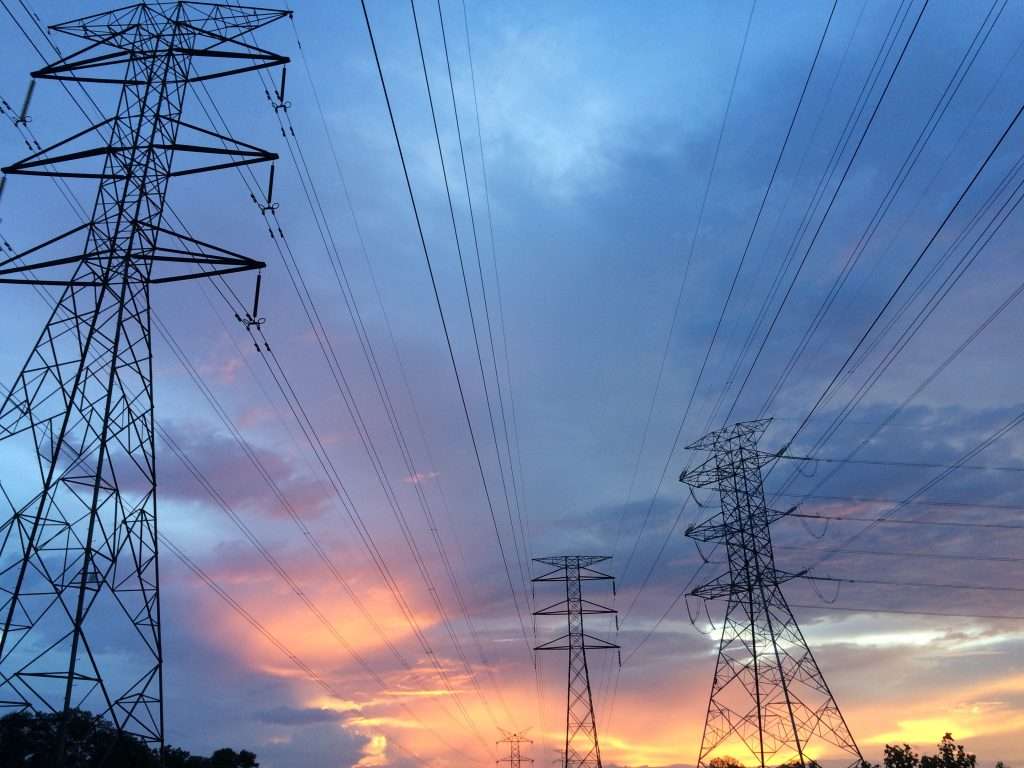
Energy Interdependence and Grid Integration
Effective grid integration across borders requires shared energy markets and infrastructure, as well as institutional reform. In many ways this also involves cultural change and building trust between countries, both of which can take a long time. The creation of international standards and institutional structures, as well as sharing knowledge, is key.
Differences in market structures between jurisdictions can create inconsistencies and problems regarding grid sharing. For example, regional differences can distort prices. The economic benefits of grid sharing are not necessarily distributed evenly for all parties. The benefits can be hard to measure, and it can also be difficult to agree on how to share the costs involved in integration (e.g., building a transmission cable).
This kind of infrastructure can take years to build and requires major investment, usually the result of cooperation between states and private firms. The cost benefits of integrating grids to take advantage of renewables also depends on the relative costs of oil and gas at any particular time. We should include the sustainability benefits in the gains of grid sharing.
Spill Overs and Security
If grids are interconnected across borders, then the risk of ‘black out spill-overs‘ increases, as does the risk of other transnational supply problems. This is especially the case where a high proportion of the energy powering a grid comes from renewable sources.
Finally, concerns about national security issues and privacy are high regarding any discussion of international grid integration. The BRI has had its fair share of controversies, and the risk of cyber-attacks from ‘rogue agents’ remains a huge concern.
For example, a state sponsored attack on Ukraine’s power grid in 2015 managed to take 30 power stations offline, and interrupted service for 230,000 people for 6 hours. Because Ukraine lacked an interconnected grid (unlike many European countries), spill over did not occur.
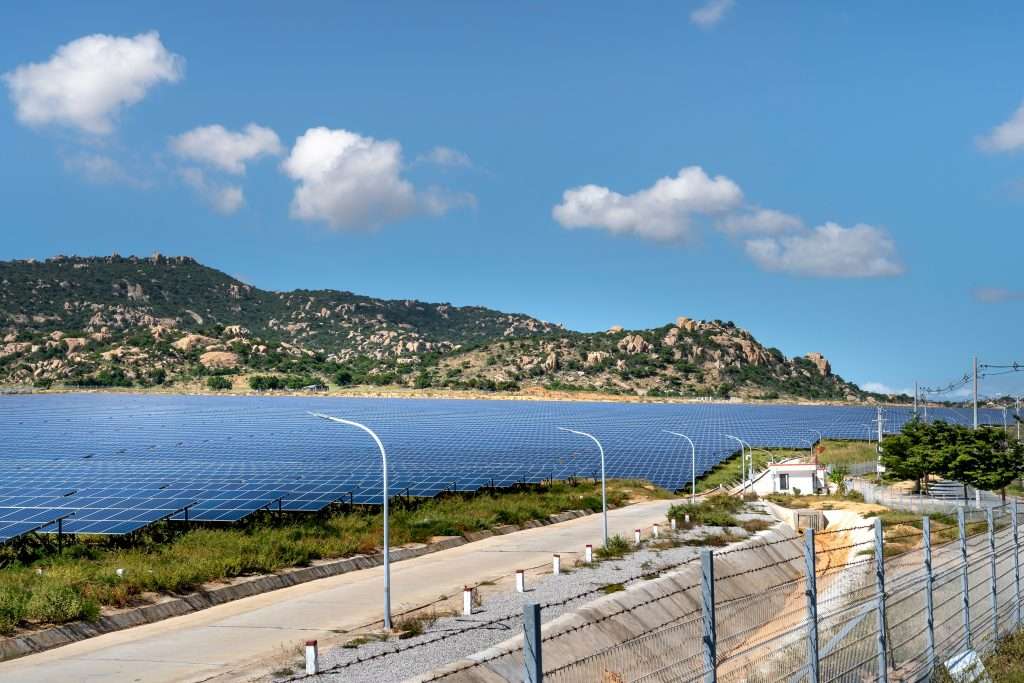
Energy Market Reform
It is important for any country wishing to make inroads in other markets like Asia, to invest in bolstering their technical, policy, governance and legal support and to promote fair trade, legal reform, transparency and good management of distributed energy resources.
The widespread availability of renewables can complicate grid operations, which need to stabilise the daily and seasonal changes associated with renewables. We should enact various reforms to ‘Internationalise’ standards and create the institutional structures and resources needed to promote international cooperation.
This article published by the Atlantic Council during the 2020 Global Energy Forum recommends the promotion of fair trade, transparency, and domestic reform by providing governance, policy, technical and legal support to the Asian and Middle- Eastern markets. It also recommends the implementation of the Free and Open Indo-Pacific strategy across regions to gain better quality energy infrastructures and to leverage private investments in these efforts.
Australia has taken the initiative and recognized the need to reform its National Energy Market (NEM). One part of these reforms is to create a financial incentive for dispatchable generation, as it helps to provide affordable and reliable power and balance the rapid growth of renewables.
Towards Sustainable Power: Sun Cable to Singapore
Singapore is an industry intensive state that is highly dependent on cheap, reliable sources of electricity. In 2015 it produced 95% of its energy from natural gas. Singapore is seeking to reduce its greenhouse emissions – the upcoming AAPowerLink with Australia could help reduce its emissions by 15-20%.
The AAPowerlink is a cable-based electricity exporting link that will include a 17-20 GW solar farm and 36-42 GWh battery energy storage facility located near Elliot in the Northern Territory (NT), Australia. This is an area with some of the best solar availability in the world. The link will supply energy sourced from renewables to Singapore via 800 km of overhead cable to Darwin, and then undersea high-voltage direct current (HVDC) via 4,200 km of cable to Singapore.
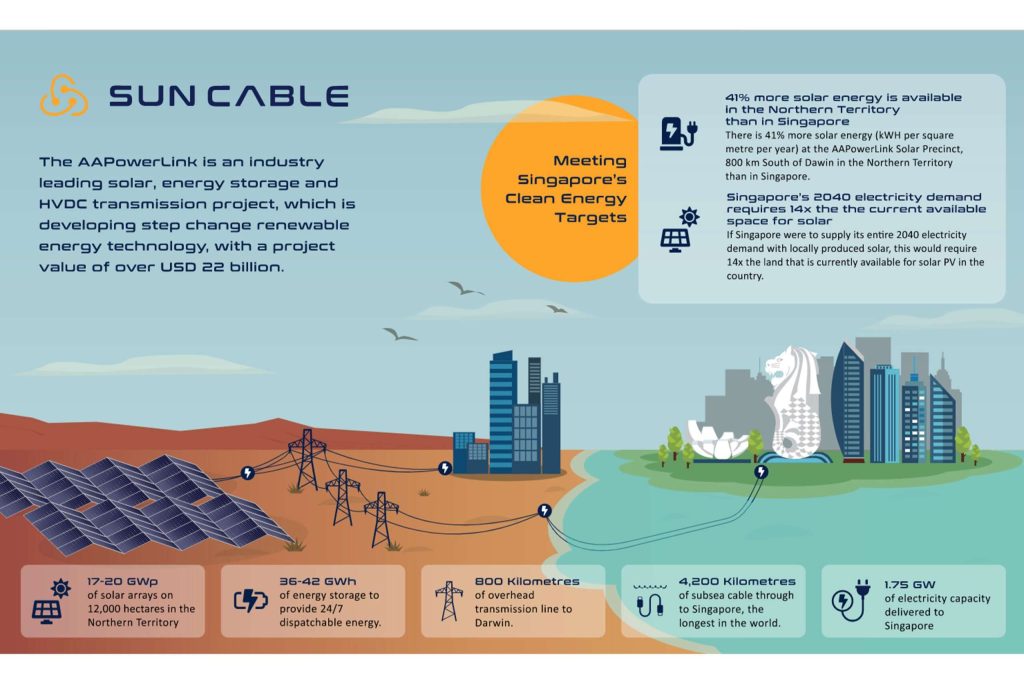
.Source: SurbanaJurong.com
Later, it will export electricity to Indonesia via a 4,500 km undersea transmission cable. The NT government approved the AAPowerlink with ‘major project’ status in 2019. It was backed by Mike Cannon-Brookes and Andrew Forrest. Batteries in Darwin and Singapore will provide load-balancing for continuous daily dispatch. The link will export AU$2 billion of electricity every year.
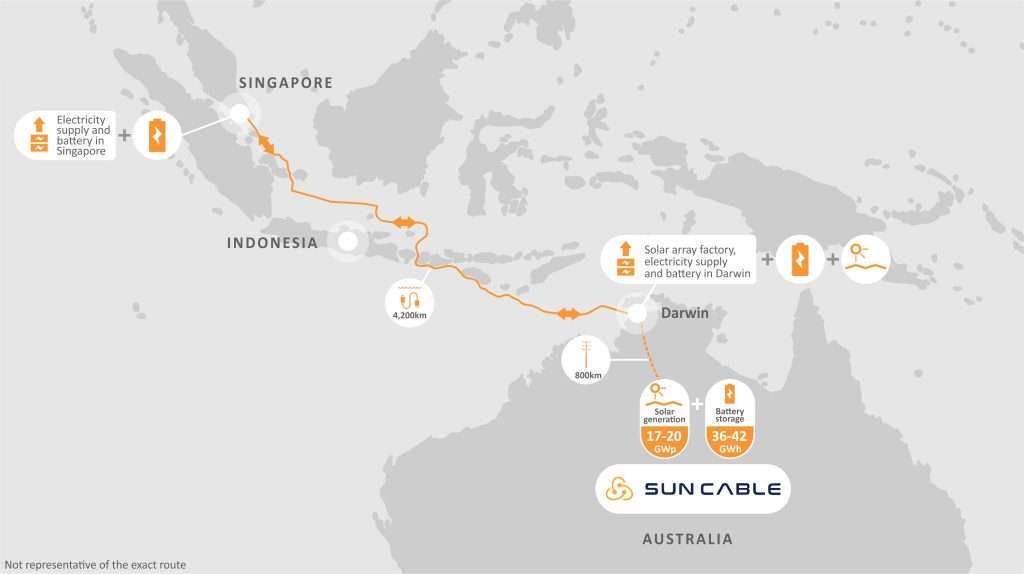
Conclusion
The opportunity to switch to cheaper, more sustainable sources of energy largely depends on a country’s ability to produce renewable energy at scale. Therefore, greater investment in renewable power and grid infrastructure provides an incredible economic advantage to those countries. This is yet another example of how sustainability solutions will not only preserve the planet, but offer the potential for enormous improvements in wellbeing.
To learn more about how The THRIVE Project is researching, educating and advocating for a future beyond sustainability, visit our website. You can follow our informative blog and podcast series, as well as find out about our regular live webinars featuring expert guests in the field. Sign up to our newsletter for regular updates.























